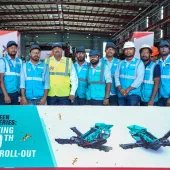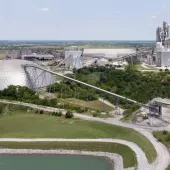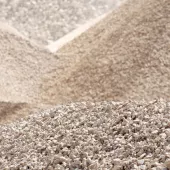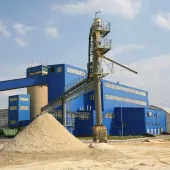LafargeHolcim receive revised CCI divestment order
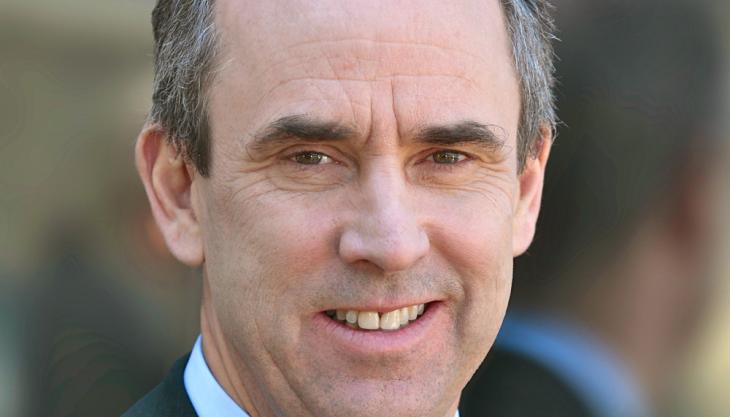
Group to launch new divestment process for Lafarge India following revised order from Competition Commission of India
LafargeHolcim have received a revised order of the Competition Commission of India (CCI) for the divestment of their interest in Lafarge India, including three cement plants and two grinding stations with a total capacity of around 11 million tonnes per annum.
The company also markets aggregates and is one of India’s leading ready-mixed concrete manufacturers.
The proposed transaction is an alternative remedy for the merger of the Group’s legacy companies and now forms part of the company’s CHF3.5 billion divestment target in 2016.
‘We will operate in India through our subsidiaries ACC Ltd and Ambuja Cements Ltd with a combined cement capacity of around 63 million tonnes and a distribution network that extends across the entire country,’ said Eric Olsen, chief executive officer of LafargeHolcim.
‘We see opportunities to further build our business in India through our network of over 100,000 dealers and retailers, and by meeting the infrastructure needs of a country that is experiencing significant urbanization.’
The conditional clearance by the CCI for an earlier divestment proposal was received in April 2015, including the divestment of Jojobera and Sonadih plants in Eastern India with a cement capacity of 5.1 million tonnes.
LafargeHolcim subsequently entered into a letter agreement with Birla Corporation Ltd, subject to CCI approval, in August 2015.
However, due to the current regulatory issues relating to the transfer of mining rights captive and critical to the two plants, LafargeHolcim were obliged to submit an alternate remedy to the CCI to ensure compliance with the order.
As a result, LafargeHolcim will now launch a new divestment process for Lafarge India.


